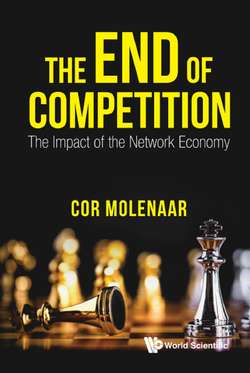Читать книгу End Of Competition, The: The Impact Of The Network Economy - C N A Molenaar - Страница 13
На сайте Литреса книга снята с продажи.
Join In or Wait?
ОглавлениеThe old structures are stubborn, as the old decision-makers continue to hold on to them. Often, the knowledge to identify the consequences of new developments and respond to them is unavailable. Although online sales have been growing in double figures year-on-year for the last two decades, retailers and interest groups have refused to recognise the impact on the shops on the high street. In addition, others look for other causes for the problems in the retail sector: the recession, increased mobility. The true causes of the changes, however, were not recognised.
• The new Internet-based applications, such as webshops, smartphones and a different buying behaviour, were dismissed for too long.
• Reduced budgets and young people having other choices led to a different buying behaviour and decreased expenditure on physical products in particular.
• It was only once the number of empty shop premises in shopping centres reached a certain point that action was taken, but mainly within traditional structures without really responding to the different choices and buying behaviour. External factors continued being blamed. In other words, there is nothing we can do about it!
First of all, the old structures were made more efficient, such as lower parking costs, longer shop opening hours, Sunday openings and lower prices. In the Dutch town of Drachten, shops are allowed to stay open 24/7 in response to online sales. This is incredibly naive.
This initial drive towards efficiency is typical for traditional decisionmakers. The decisions could then, after all, be made within one’s own comfort zone. The customers’ buying behaviour, new technology and the unpredictable behaviour of the younger generation lead to uncertainty. But ignoring the changes gives peace of mind. And this can be seen outside the retail sector as well. It is evident in every link of the production and marketing chain. Traditional structures are modified, but not changed.
